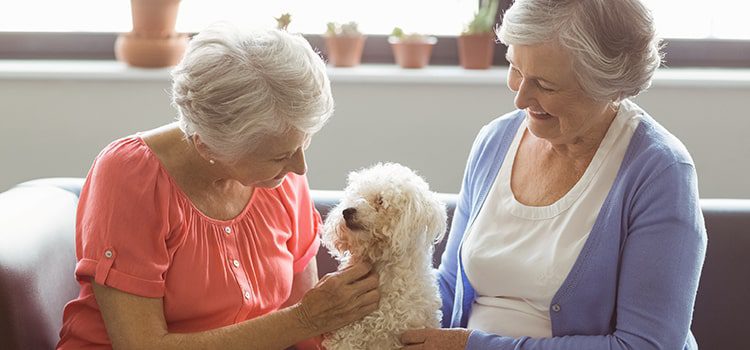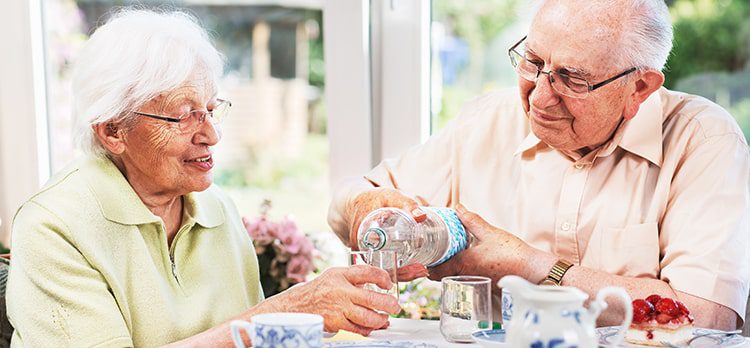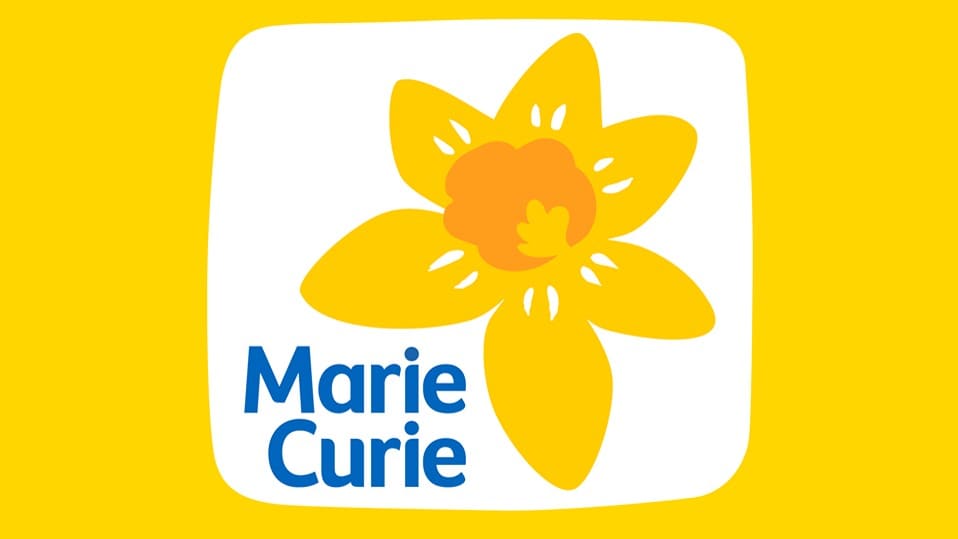Home adaptations for the elderly can significantly improve their independence
Getting older means that the home can become harder to navigate, and things more difficult to do. So that your older relative can continue living in their own home, maintaining levels of independence, there are some home adaptations that can really make a difference. Here’s our top 5 home adaptations for the elderly.
1. Grab rails/grab bars
Getting up and down can take a lot of effort, and balance might not be as good in older people. Grab rails can help to reduce falls, as well as increasing independence. Your relative may already be grabbing onto things that may not be as steady or reliable. It’s the easiest and most effective home adaption, not too expensive and easily available in stores, which is why it’s number one on our list.
Fit grab rails to places like the bathroom – the bathroom can become a scary place for elderly and frail people who fear falling. Fit a rail next to the toilet so that getting up and down is aided – if your relative is using something like the sink to help them get up, this is risky and their hand could quite easily slip. A grab rail can be covered in a firm plastic grip material that doesn’t become slippy of the bathroom is steamy.
The stairs is another good place to install grab rails. You can buy wooden ones so that they look nice in the home as well as being useful, and often life saving.
Front and back doors that have steps are also an ideal place for grab rails so that it is easier and safer to use the steps, especially in the winter months.
2. Altering the bedroom
Your loved one’s bedroom should be a place of peace and not a room to fear. There are things you can do to ensure the bedroom remains a place of comfort and safety.
Declutter the room, and ensure there is plenty of space to move about, especially if your relative uses a walking aid to help with their mobility. If your elderly relative is living alone then perhaps you can offer to change a double bed for a single bed to free up more space.
Ensure there is a way for your relative to get in touch of they are unable to get out of bed or have a medical emergency. You can install a telephone in the bedroom and make it in easy reach such as on their bedside table. Grab rails might be useful here too, to assist in getting in and out of bed.
3. A ramp on the front and/or back door
If your elderly relative is using a mobility aid, such as a walking frame, or wheelchair, then having a ramp to the doors of their home will significantly improve their independence. If they feel they are unable to get outside, they might start to feel lonely.
A ramp can make access feel safer, even if your relative doesn’t need a mobility aid. You can purchase temporary ramps from mobility stores, or you can have a permanent one installed. You may also wish to look at the home for other areas that may become a sticking point for mobility aids such as a patio door. There are smaller ramps that can fit over the floor part of the frame; this could also be useful to prevent falls. This is also a good place to add grab rails.
4. Doors and windows
Mobility aids can be wide and your relative may start finding it difficult to get through standard width doors in their home. Widening interior and/or exterior doors can help significantly with moving about the home. This is something you may wish to get a tradesperson in to complete, although it is possible for the passionate DIYer to do, you have to think about load bearing walls.
Windows that are difficult to reach, but are ones that your elderly relative likes to open and close at will, can present danger. You can fit automatic opening windows that are remote controlled, or if the type of windows allow, you can get a window latch extension so that there is no need to try and reach for the latch. Also ensure that curtains or blinds are easy to open and close.
5. Stair lifts
When getting up and down the stairs becomes impossible to do, a stair lift can be a great way to overcome this. Not many people wish to move their bedroom downstairs, especially if they love their home the way that it is. A stair lift is quite a large purchase, however it is an investment in your loved one’s independence, as well as retaining their existing lifestyle.
Funding for home adaptations for the elderly
There is help available for home adaptations for the elderly in the way of Government funding. Your relative would need to have a needs assessment completed by their Local Authority first, and by an Occupational Therapist. This may happen within the same visit.
The financial help that is available from the Local Authority depends on whether the adaptations you need to make to the home are minor or major.
Hand rails around the home are classed as minor adaptations. for example.
Major adaptations could include things like widening doorways.
The Local Authority may provide your relative with disability equipment and small adaptations costing less than £1,000 free of charge, as long as you’ve been assessed as needing it and you are eligible.
Employ a trusted trader
Whatever home adaptations you do for your elderly relative, you can select a trusted tradesman to complete the work by using the TrustMark directory. The tradespeople are vetted, inspected & working to Government endorsed standards.










